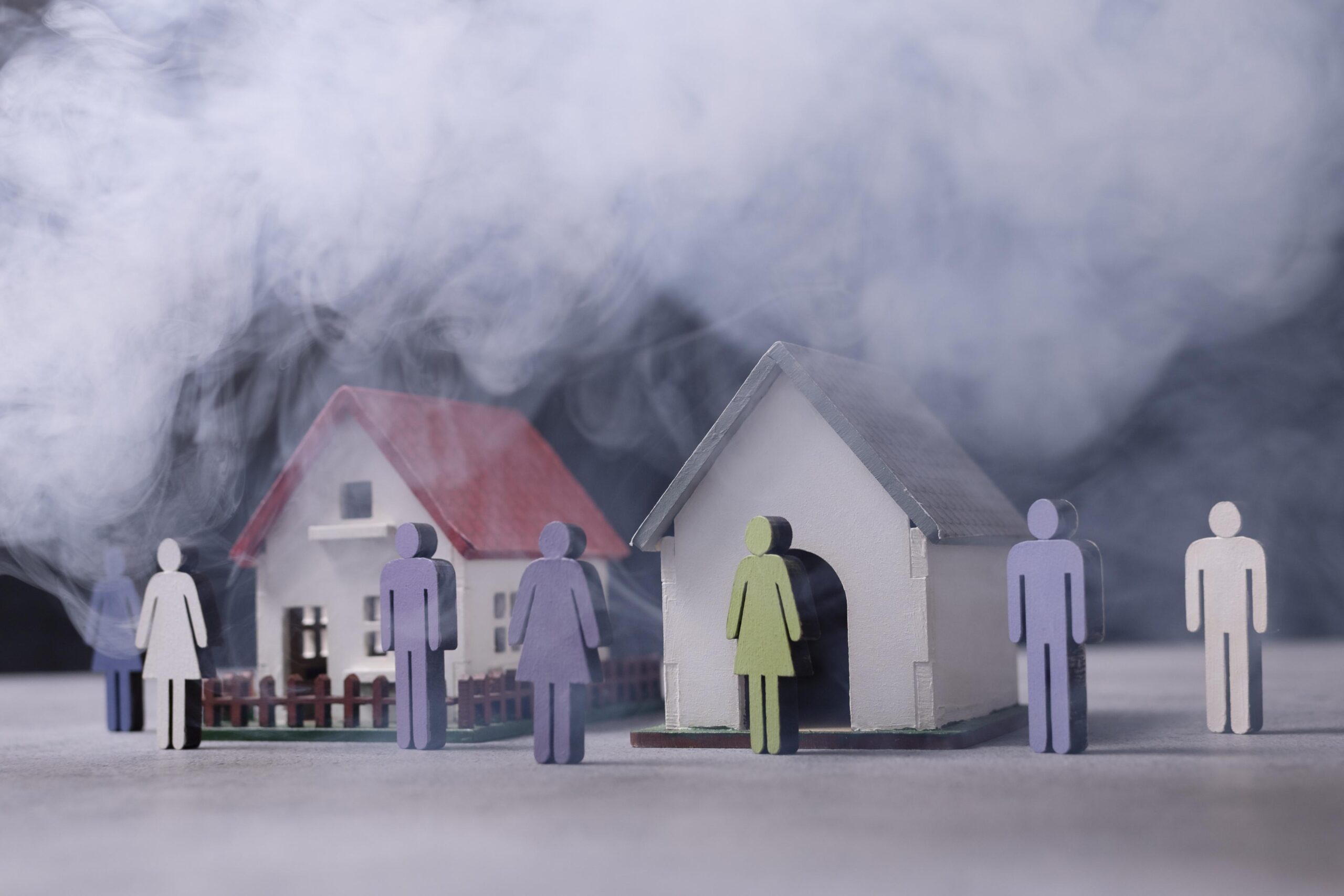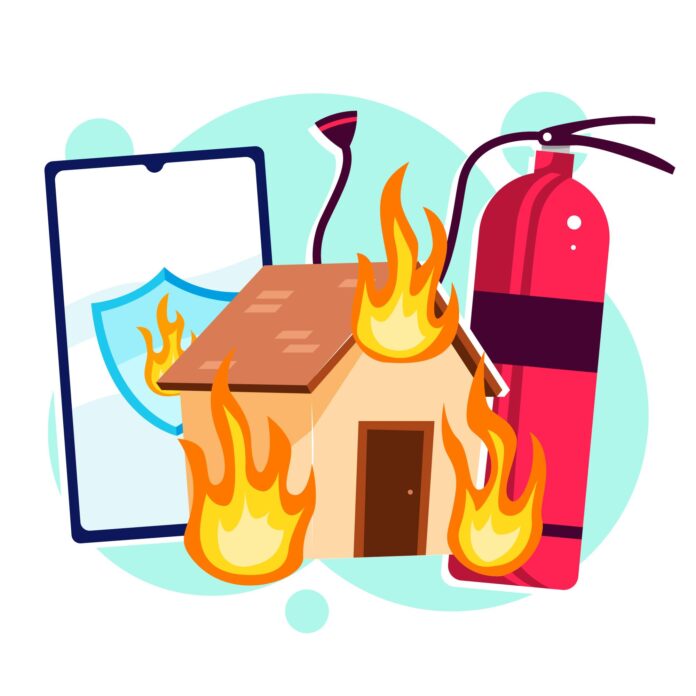The Required Documentation for a Fire Insurance Claim
1. Initial Notification: Reporting the Fire to Your Insurer
Once the fire is put out and it is safe, start contacting your insurance company about what happened. A basic summary of loss: policy number, date and time fire happened, how much damage you know was caused. Inform your insurer immediately, as potential delays in the processing of your claim could occur. Be sure to write down the claim number as well, and also jot down the name of that all-important contact.
2. Proof of Ownership: Documenting Your Personal Belongings
One of the most important aspects in your claim is proving that the items you lost were yours. Any receipts, credit card statements or other form of evidence that proves ownership and the cost you paid for them in Bounty equipment. For expensive items such as electronics, jewelry or furniture try to figure out its value using appraisals and purchase records. Receipts are great to have; they provide proper documentation of the things in your home, but if you don’t records one alternative would be pictures or videos.
3. Home Inventory List: Creating a Detailed List of Damaged Property
Produce an itemized list of all contents that was lost or damaged in the fire. This list needs to be with the description, value and condition of each item before the fire. If you can, include the place and date of purchase. There are forms that many insurer have to make organizing the information a bit easier, and you can also download an inventory app. Making a list of these items can help expedite the claims process and make sure you are paid for your losses.
4. Receipts and Invoices: Tracking Repair and Replacement Costs
When you clean up or do any temp repair save every receipt so we get proofs. They are expenses that might be reimbursable under your policy. Document, whether for boarding up windows, water damage cleanup or temporary housing. These can include invoices from contractors and receipts for materials, as well as professional services you may have hired to protect your home or prevent further damages.
5. Police and Fire Department Reports: Obtaining Official Incident Records
Then, the fire department and police can respond to fill out reports on what happened once they extinguish a fire. They will create official reports from the first report of a fire through to determining the cause, damage assessment and other information. Your insurance adjustor may also need these to show that the fire was not caused by your negligence. You will need to contact the various departments for copies and have them included when you file your claim.
6. Photographs and Videos: Visual Evidence of the Damage
Providing photographic and video documentation is one of the strongest means you have to back up your allegation. Capture thorough photos of what the fire did outside as well as how it impacted your home inside. Photograph all the damage to your personal things, structural elements and any secondary issues from water or smoke. A visual record allows your adjuster to get a better sense of the damage, and makes it more likely that you will receive a fair settlement.
7. Communication Records: Keeping Track of All Interactions with Your Insurer
As you make claims through the process, there are several other people that will be in contact with including ease adjusters and insurance representatives. Make a record of every transaction, the date and with whom you spoke to at that institution and some points regarding this call. This way, you will have it saved for the future as a kind of insurance if there are ever any disputes or misunderstandings during your eventual grievance/claims process.

Case Study: The Williams Family Home Fire Claim
Last year in 2021 the Williams family house experienced a tragic house fire due to an electrical malfunction. They had home and contents fire insurance. Upon discovery of the fire, they notified their insurance carrier who dispatched an adjuster to survey the damages. How my friends went through their claims process:
- Proof of Ownership: The family had a detailed home inventory, which they updated yearly. This document, along with photos of their belongings, helped them quickly prove the value of their lost possessions.
- Temporary Living Expenses: Their policy covered additional living expenses, allowing them to stay in a hotel for two months while repairs were made to their home.
- Incident Reports: The Williams family promptly obtained a fire department report, which confirmed the fire was accidental and not due to negligence.
- Documentation and Visual Evidence: The family submitted photographs and videos of the damage, along with receipts for temporary repairs and living expenses.
(Reference: “Real Life Fire Insurance Claims”, Home Insurance Case Studies Journal, 2022.)
Final Thoughts
Fire insurance claims can be challenging to navigate, however proper documentation is key in receiving a settlement that suits your needs. Whether proving ownership of injured property or offering evidence to guide the range harm, being organized and thorough will prevent time losing throughout appraisals. Because if you know what paperwork is needed and keep in regular contact with your adjuster, then you can speed up the claim process and start picking up the pieces of rebuilding life after a disaster.

